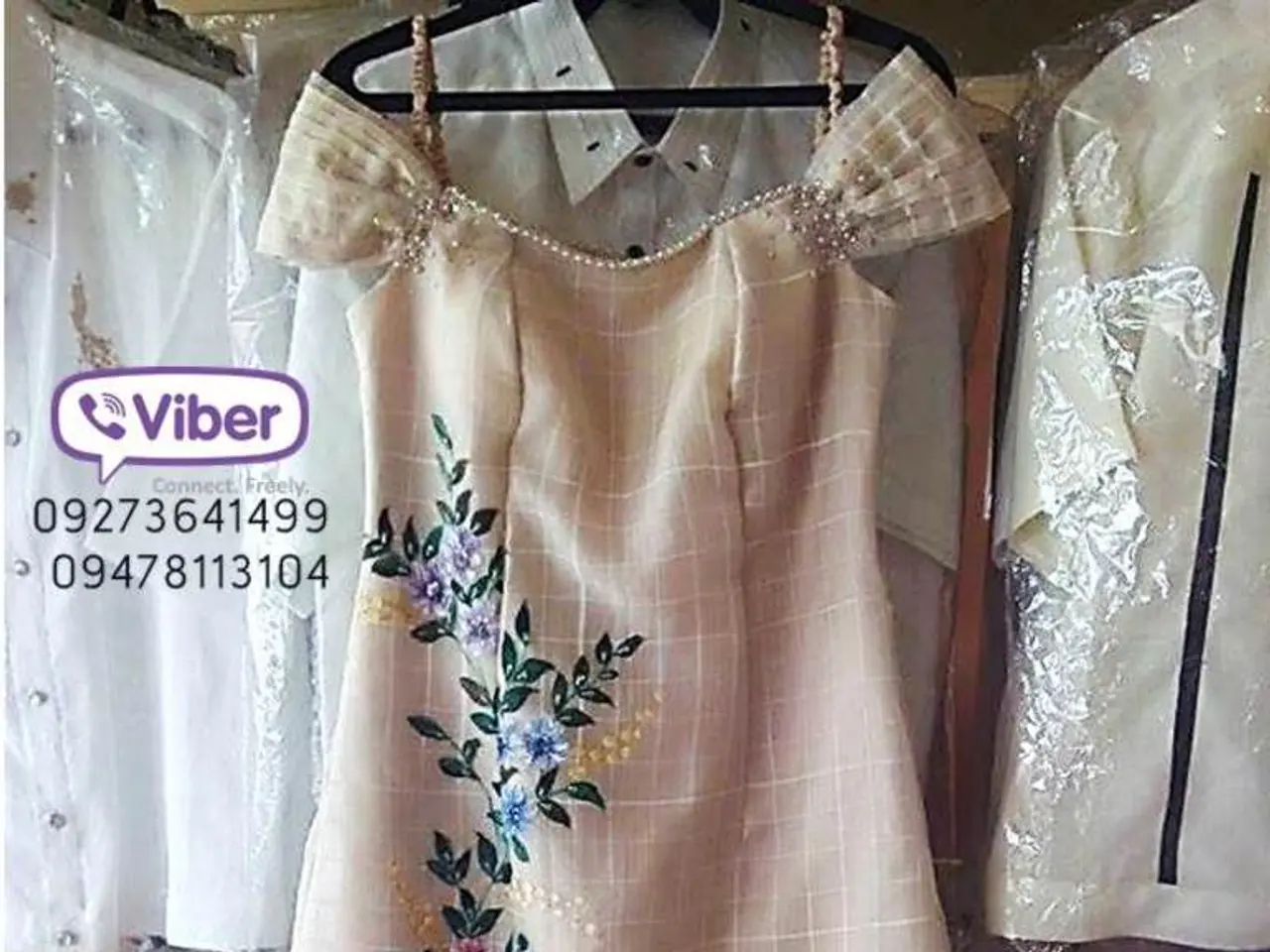Streamlined Inventory Control via Spring Boot Technology
A Spring Boot Inventory Management System (IMS) is a powerful tool designed to help businesses manage their goods efficiently. This article outlines the steps to create a Spring Boot IMS web application using the MVC pattern and Thymeleaf, including prerequisites, project dependencies, and folder structure.
Prerequisites
To build the IMS, you'll need the following tools and knowledge:
- Java Development Kit (JDK) installed
- Familiarity with Spring Boot
- Thymeleaf template engine for dynamic HTML views
- MongoDB or another database for data persistence
- Understanding of the Spring MVC design pattern
- Bootstrap for responsive UI (optional but recommended)
- Build tool: Gradle (or Maven)
- IDE: Spring Tool Suite (STS) or IntelliJ IDEA
Project Dependencies (example for Gradle)
Include the following dependencies in your :
These cover web, templating, database access, and dev tools.
Folder Structure
Following Spring Boot conventions and MVC pattern, structure your project as:
- The controller package contains classes managing HTTP request mapping.
- The model package defines entity classes like with fields such as Product ID, Category, Name, Rating, etc.
- The repository package provides the interface to query the MongoDB database.
- The templates folder contains Thymeleaf HTML files for dynamic rendering with Bootstrap used for layout styling.
Steps to Build the Application
- Initialize Spring Boot Project
- Use STS or Spring Initializr to create a Starter project with dependencies: Web, Thymeleaf, MongoDB, Lombok.
- Define the Model Class
- Create a class with attributes: productId, category, name, rating, quality, max/min stock, addedBy (username, email, phone).
- Create Repository Interface
- Define a MongoDB repository interface extending to handle CRUD operations.
- Develop Controller
- Implement a class which maps URLs to methods for listing products, adding new ones, editing, deleting, and searching.
- Build Thymeleaf Views
- Create HTML pages under like with Thymeleaf syntax for dynamic content rendering.
- Incorporate Bootstrap classes for responsive design.
- Application Configuration
- Setup MongoDB connection properties in .
- Configure any additional settings (server port, logging).
- Run and Test
- Run the application as a Spring Boot app.
- Access via browser, test all CRUD operations and UI rendering.
Additional Tips
- Use Lombok annotations like for boilerplate code reduction.
- Use Bootstrap components (tables, forms, buttons) for the front end.
- Follow the MVC pattern, keeping business logic separated from controllers and views.
- Optionally, add a service layer between Controller and Repository for complex logic.
With these steps, you'll be well on your way to building a robust Inventory Management System using Spring Boot, Thymeleaf, and MongoDB. Happy coding!
- To enhance the efficiency of the inventory management system (IMS), you might consider employing mathematical models for optimizing stock levels and predicting sales trends.
- The integration of a data structure like a trie could improve search performance in the IMS, particularly when dealing with product names or categories containing common prefixes.




